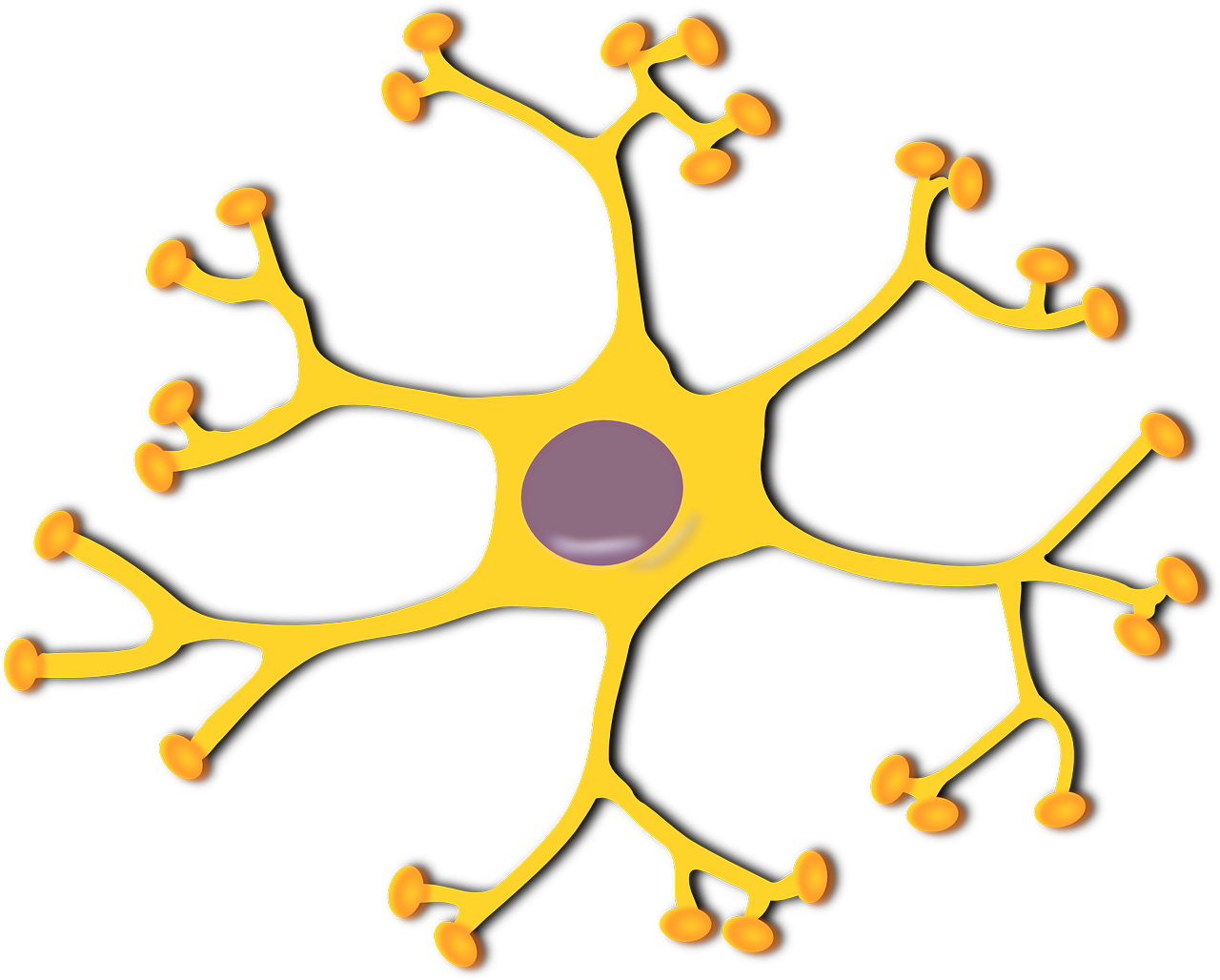It brings a whole new meaning to the term ‘lifehack’: scientists can now reprogram an animal’s skin to transform it into other body parts such as blood vessels or nerve tissue. The new technology, Tissue Nanotransfection, allows scientists to turn any living skin into a farm for specialised cells.
Tissue Nanotransfection is a huge advance on existing methods because the reprogrammed cells can be grown directly on a patient’s body. It uses a device the size of a button and requires only a second of skin contact – no need for invasive medical procedures, complex lab equipment or the risky business of suppressing the immune system.
The device changes the destiny of cells with DNA or RNA reprogramming factors. A tiny jolt of electricity, barely strong enough to be felt, creates small holes in cell membranes which are not harmful but allow the DNA or RNA in. The first layer of skin passes on this reprogramming to the layers beneath, possibly by sending reprogramming factors in vesicles (small membrane-encased parcels which carry things between cells).
Clinical trials in humans are planned for next year. A team led by Dr. Chandan Sen at Ohio State University has already demonstrated the process in mice to repair failing tissue. In one experiment on badly injured legs, skin cells were converted to vascular cells. Within three weeks the mice had grown active blood vessels and their legs were saved from cell death.
Reprogrammed cells can also be injected into damaged organs. In a separate experiment, nerve cells grown in the skin were injected into mouse brains to aid damage repair following strokes.
Tissue Nanotransfection has a surprisingly high success rate of 98%. The mechanism for this isn’t well understood, marking a promising new direction for research on cell reprogramming. So next time you need some cells to refresh your lung, kidney or brain, don’t look too far. Your new organs could be grown on the back of your hand.





